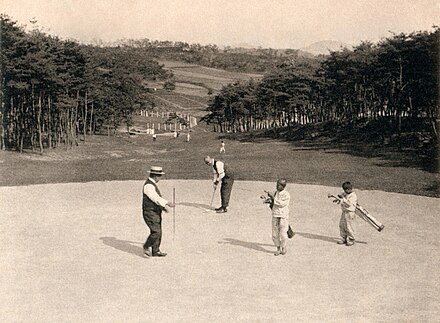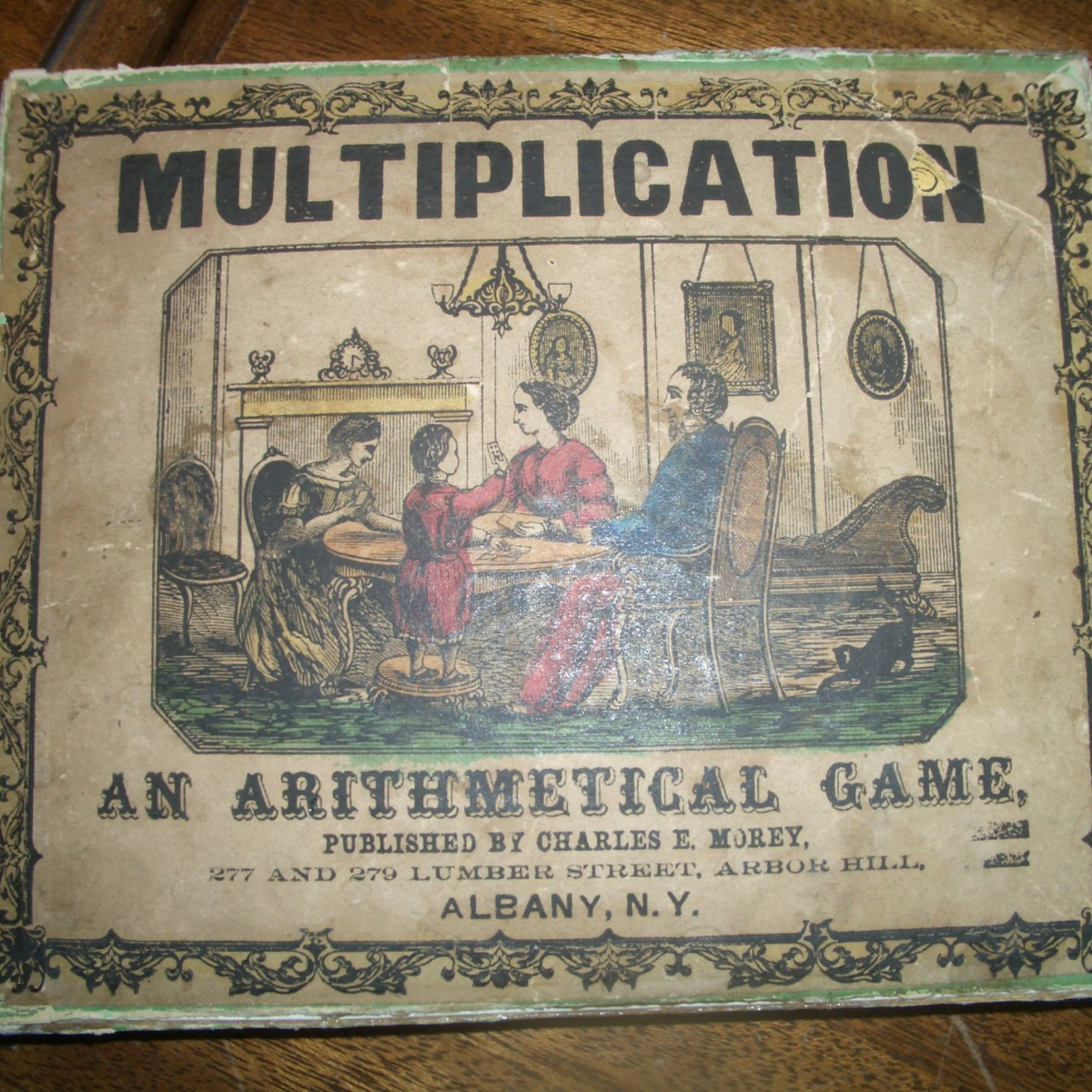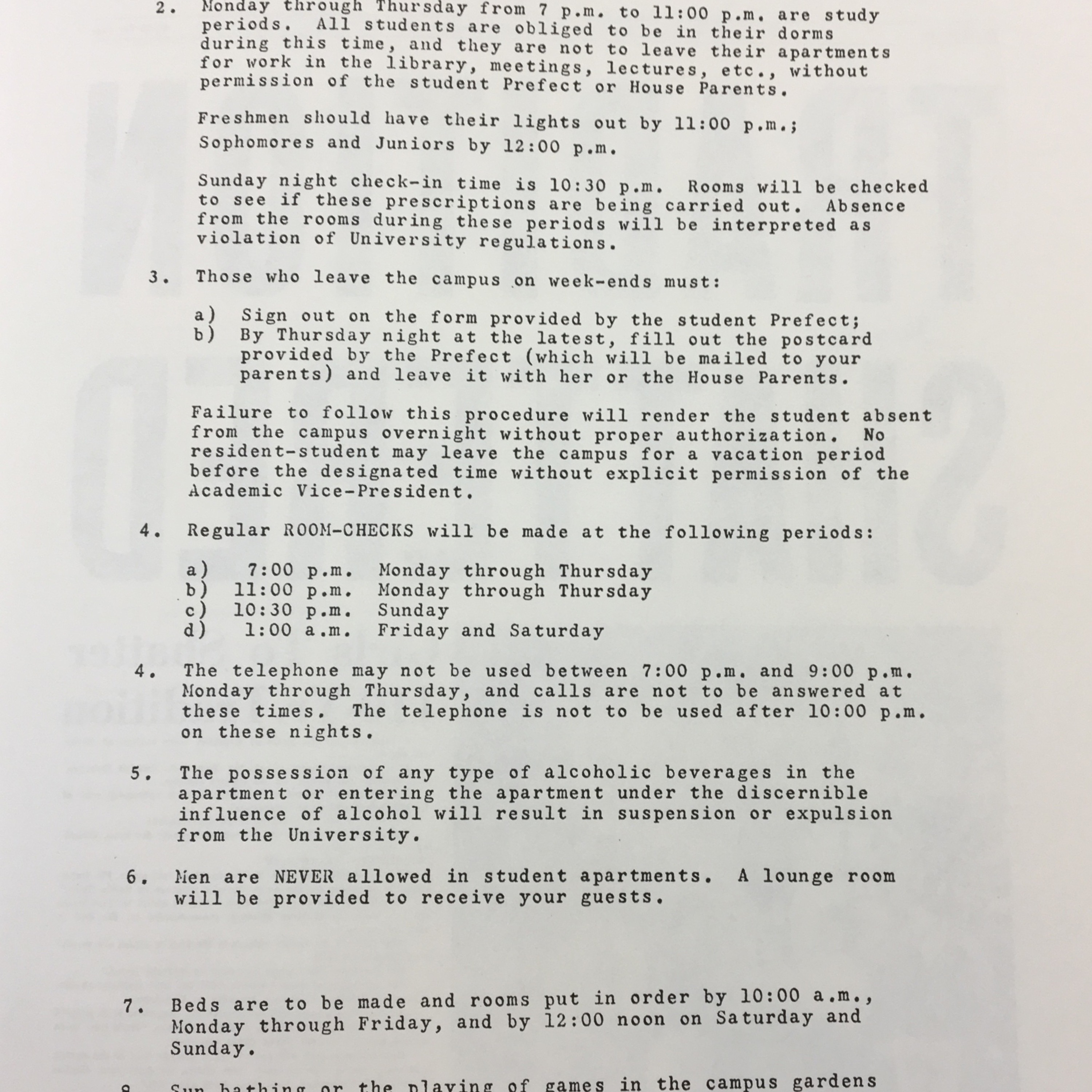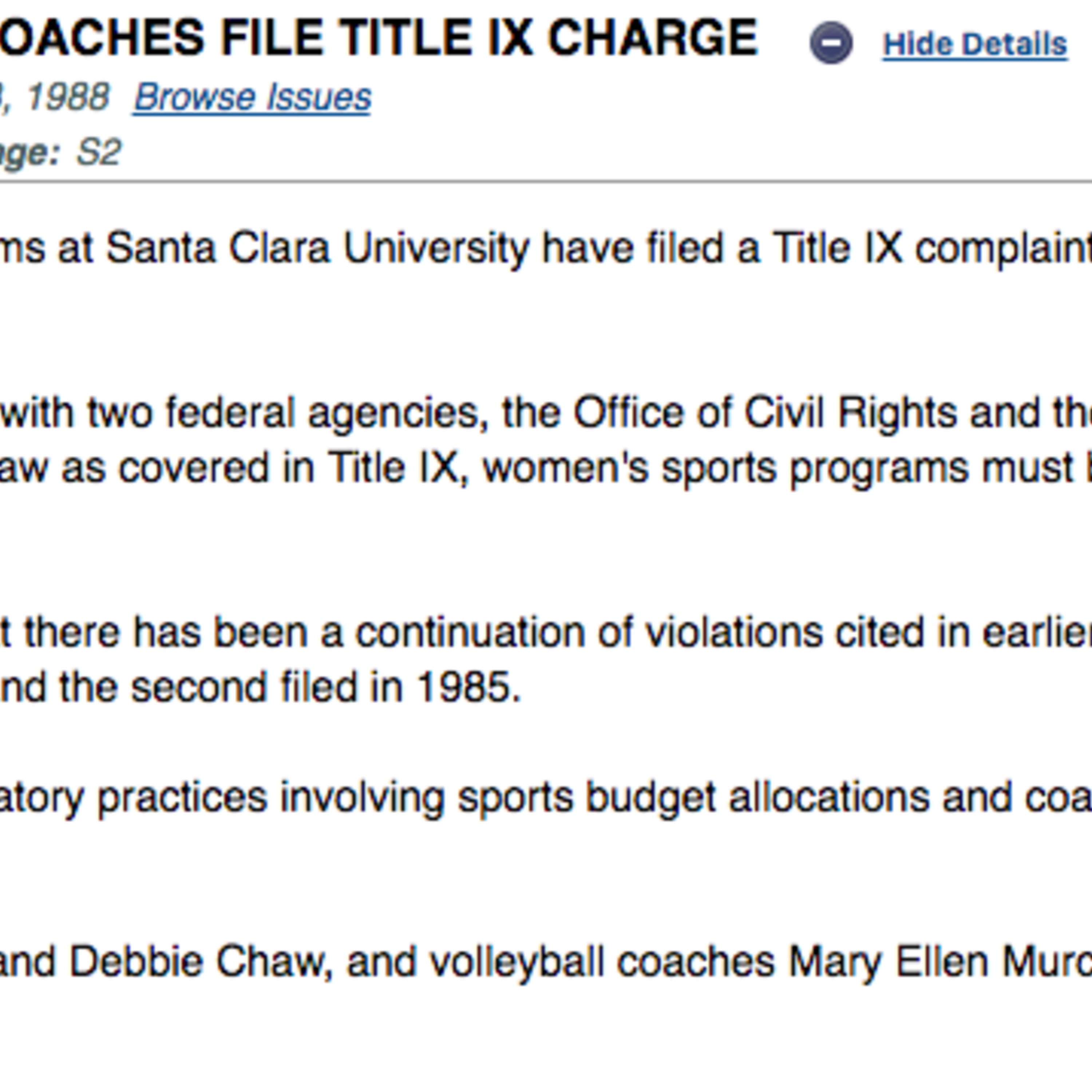Japanese Imperialism
Japan was interested in colonizing Korea long before 1910, taking inspiration from Britain's successful colonization of Egypt (Lone 172). While at first seeking to build up a Japan-Korean relationship that would offer mutual benefits to the two nations, Japan saw Korea as a "continental foothold" to their vision of starting a new East-Asian order (Lone 172). While the annexation took place in 1910, Japanese control seeped into Korea before official annexation, with Japanese officials taking control of government offices by 1908 and disbanding the Korean military by 1907 (Lone 151). This made formal annexation much easier for Japan, with the Korean government and military already subdued and unable to resist colonization. From 1910 to 1945, Japan’s influence over Korea was extensive, affecting daily life from education to language. Further, the Japanese created a clear ethnic hierarchy that distinguished the Japanese people from Koreans.
Migration Policy
"It is vital that we promote to the full group migration and that every country and prefecture gets its farmers to band together to emigrate" - Katsura Tarō, Prime Minister of Japan
As Korea became a Japanese colony, one of Japan’s priorities was to create effective migration channels so farmers from Japan could invest and cultivate land in Korea (which would in turn economically benefit Japan). Further, this strategy would effectively move all of the “excess population” of Japanese individuals into the “natural outlet” of Korea (Lone 149). While migration was beneficial to Japan, as it not only led to increased agricultural cultivation but also more Japanese citizens in Korea that would support the Japanese empire in the colony, this sparked immense protests from Koreans who saw this as a threat to their lands.










